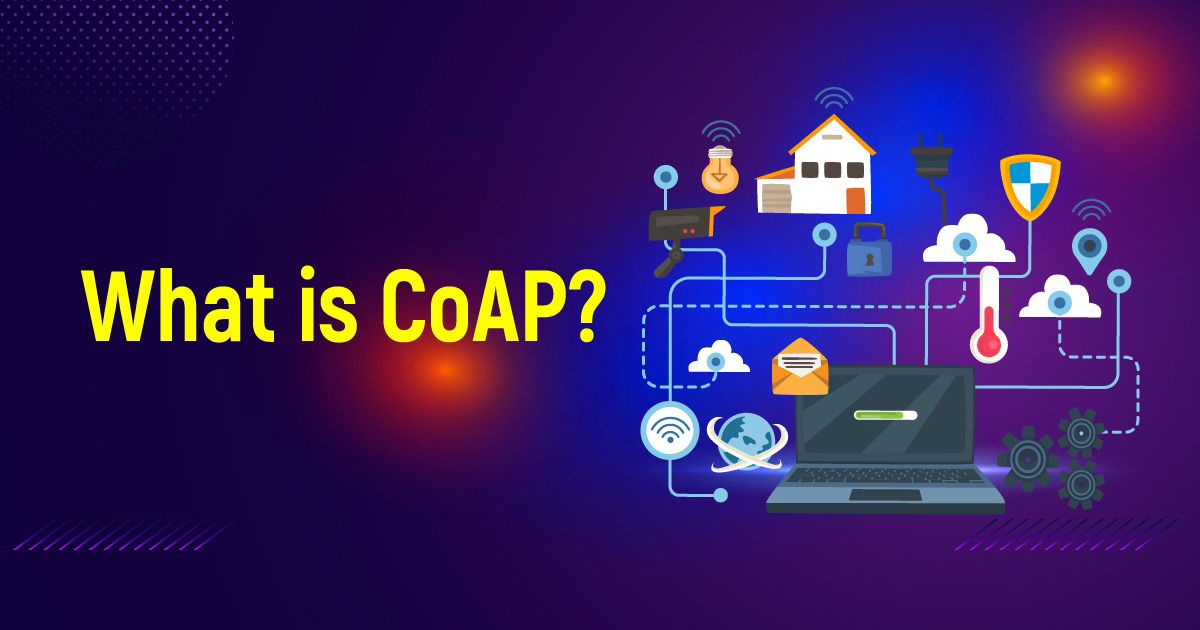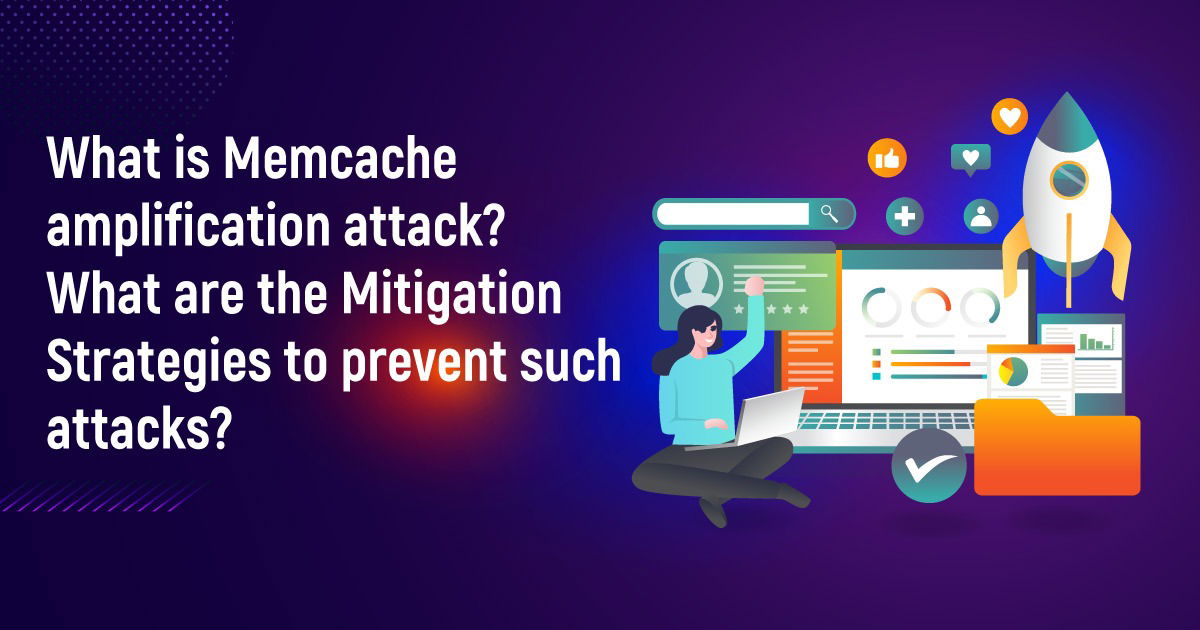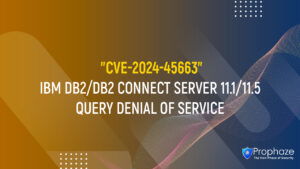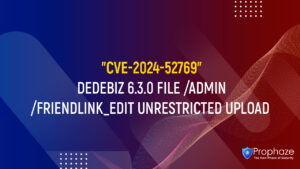CoAP is a lightweight application-layer protocol designed specifically for IoT devices with limited resources, such as sensors, actuators, and low-power microcontrollers. It enables these devices to communicate efficiently over constrained networks, such as those with low bandwidth or high latency.
Architecture of CoAP
CoAP follows a client-server model, where IoT devices act as CoAP clients, and servers provide resources or services. It utilizes UDP (User Datagram Protocol) as its transport layer protocol, making it suitable for resource-constrained devices.
Security Considerations of CoAP
Message Integrity:
Ensuring the integrity of CoAP messages is crucial to prevent tampering and unauthorized modification. Implementing cryptographic mechanisms, such as digital signatures or message authentication codes, helps verify the integrity of CoAP payloads.
Message Confidentiality:
To protect sensitive data transmitted over CoAP, encryption mechanisms should be employed. Transport Layer Security (TLS) or Datagram Transport Layer Security (DTLS) can be used to establish secure communication channels and encrypt CoAP messages, safeguarding the confidentiality of data.
Authentication and Authorization:
CoAP supports authentication and authorization mechanisms to verify the identity of devices and control access to resources. Implementing mutual authentication between devices and servers, as well as access control policies, ensures that only authorized entities can interact with CoAP resources.
CoAP Proxy Security:
CoAP proxies act as intermediaries between clients and servers, providing additional security features. Proxies can handle authentication, encryption, and filtering of CoAP messages to protect against unauthorized access and mitigate potential security threats.
Best Practices for CoAP Security

Secure Device Provisioning:
Implement secure provisioning mechanisms to ensure that devices are deployed with trustworthy configurations and credentials. This includes secure bootstrapping, device authentication during initial setup, and secure firmware updates.
Secure Transport Layer:
Utilize secure transport protocols, such as DTLS, to establish secure channels for CoAP communication. This protects against eavesdropping, tampering, and man-in-the-middle attacks, ensuring the confidentiality and integrity of data exchanged between CoAP clients and servers.
Role-Based Access Control:
Adopt role-based access control (RBAC) mechanisms to manage access to CoAP resources. By assigning specific roles and permissions to devices and users, organizations can enforce fine-grained access control, reducing the risk of unauthorized access and potential misuse.
Regular Security Audits and Updates:
Conduct regular security audits to identify vulnerabilities in CoAP implementations and configurations. Stay updated with the latest security patches and firmware updates to mitigate known security risks and ensure the continued protection of CoAP-based IoT systems.
Conclusion
CoAP plays a vital role in securing IoT communication, enabling resource-constrained devices to efficiently interact within IoT ecosystems. By implementing strong security measures, including message integrity, confidentiality, authentication, and access control, organizations can leverage the power of CoAP while safeguarding IoT deployments. Adopting best practices and staying proactive in addressing emerging security challenges will ensure the long-term viability and resilience of CoAP-based IoT systems.









